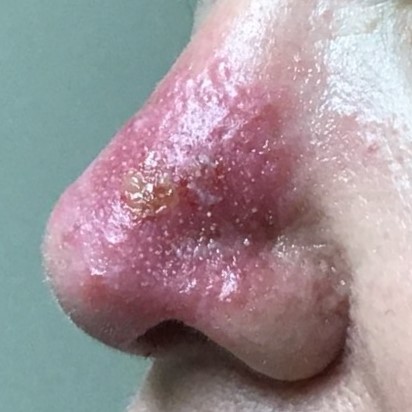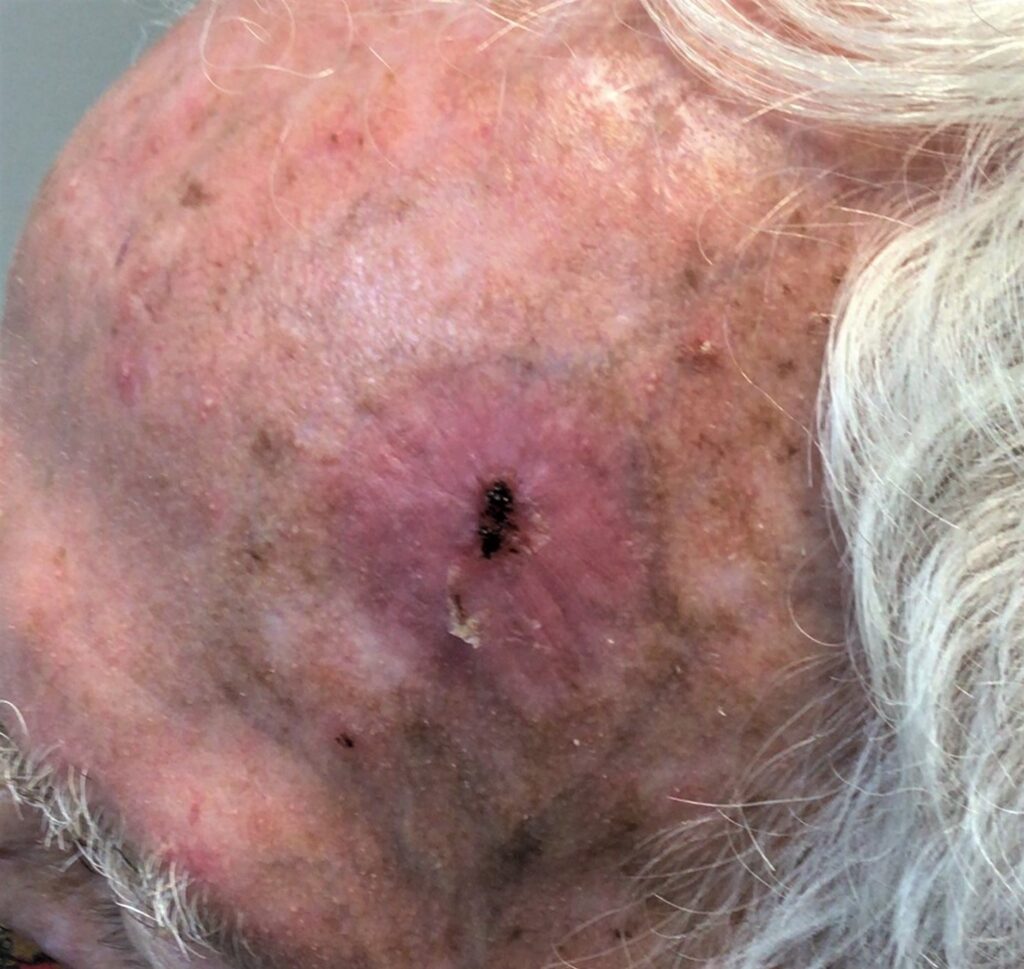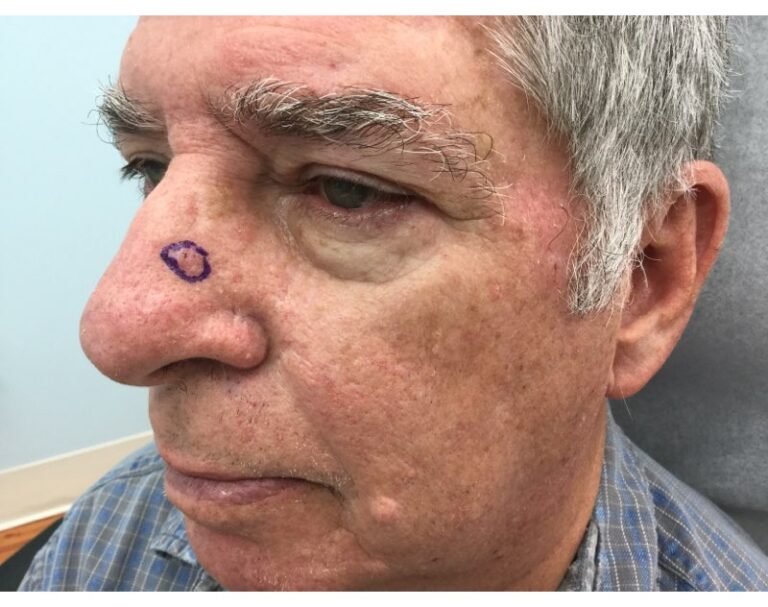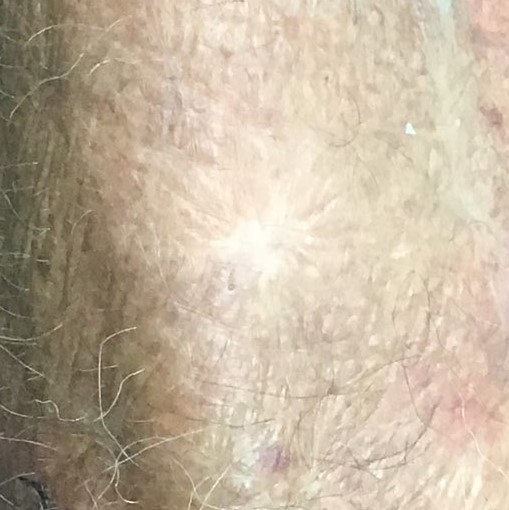
Invasive squamous cell skin cancer occurs when this form of skin cancer is left untreated, allowing it to develop deeper into the body and surrounding tissues. How serious is invasive squamous cell skin cancer? Any cancer that progresses to its later stages will be more difficult to beat, especially if it has spread.
What Does Invasive Squamous Cell Carcinoma Mean?
Squamous cell skin cancer is the second most common type of skin cancer, with an estimated 1.8 million cases diagnosed each year. What makes this common form of skin cancer unique is that in addition to appearing on the skin’s surface, it can also develop internally as well, in places like the mouth, throat, and lungs. So, what does invasive squamous cell skin cancer mean? Squamous cell skin cancer can become invasive by growing deeper than its originating area, penetrating additional layers of the skin and potentially spreading to other parts of the body. In essence, squamous cell skin cancer is said to be invasive if it is growing past its point of origin.
How Serious is Invasive Squamous Cell Carcinoma?
Skin cancer in general is a slow-developing disease, growing over years rather than months, but that does not mean treatment should be delayed. The longer squamous cell skin cancer is ignored, the more time it has to become invasive, potentially burrowing deeper into nearby organs, lymph nodes, and even bones.
Common forms of skin cancer are highly treatable when caught early, but the survival rate drops the further the cancer progresses. There are five stages of skin cancer:
- Stage 0: known as skin cancer “in situ,” this stage means the cancer cells are localized in the topmost layer of the skin
- Stage I: the cancerous area is under 2cm and has not spread
- Stage II: the cancerous area is over 2cm and may have spread to nearby tissue but not lymph nodes
- Stage III: the cancerous area can be any size and has started to spread to lymph nodes
- Stage IV: the cancerous area has become invasive, spreading to other major parts of the body
Delaying squamous cell skin cancer treatment increases risk significantly, so it’s important to seek medical attention as soon as you notice symptoms.
How is Invasive Squamous Cell Skin Cancer Treated?
An exact diagnosis will dictate what method of invasive squamous cell skin cancer treatment will be most effective. Options include:
- Mohs surgery: using a scalpel, this procedure surgically removes cancerous cells while leaving behind unaffected areas
- Chemotherapy: using intravenous drugs, this treatment floods the body with medicine designed to break down and destroy infected cells
- Image-Guided SRT: this method uses low doses of X-ray energy to target cancer from the surface down, achieving impressive results without cutting or drugs
Talk with your dermatologist to determine what’s best for you.
Consider Image-Guided SRT for Surgery-Free Treatment
Invasive squamous cell skin cancer can be serious, so swift action is key. Image-Guided SRT is just as effective as Mohs surgery, but unlike Mohs surgery, you can pursue Image-Guided SRT without cutting back on the things you love. Learn more about how Image-Guided works, and connect with a skin cancer information specialist at 855-936-4411 to find a provider near you.








